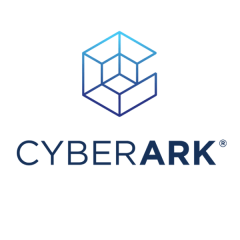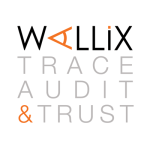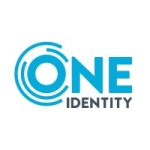What is our primary use case?
Our main use cases are to monitor all privileged accesses. It can be HTTPS, LDAP, SSH, or SQL management, so anywhere we have privileged access, we want to monitor it and place it under CyberArk.
How has it helped my organization?
Its monitoring capabilities are good. Whenever the end users start their session, it quickly allows you to monitor. However, if there are no firewall rules, it creates a video, but it does not take all the audit logs. For audit logs, you need firewall rules. It is very well described in their documentation. At the start, they communicate this to clients. The documentation is well-defined.
What is most valuable?
The features that are most effective, like every PAM solution, include monitoring and password rotations.
The best thing about this solution, especially on-premises, is that we can interact with it directly. If we need to develop something, we are allowed or can do it by ourselves, which is most effective for us as administrators. It is not a black box. We have the ability to customize, especially the connection components.
What needs improvement?
There are some options in the web portal where they can improve the user experience. For example, in remote, there is a parameter called 'access to remote machine.' When we put host names in that field, we are not able to search it. It would be useful if a search feature was there to check if a machine is already onboarded. When we onboard a few machines in the same domain using just one account, we put the domain name in the address field and host machine names in the remote access parameter. However, we are not able to search within that field, which makes it difficult for us as admins to know if a machine has already been onboarded.
Other than that, I do not have any areas for improvement. Whenever we find any bugs or have a need for a feature, we open a ticket with them. They usually work on that if the same request has also come from other people. They are already good at doing that.
For how long have I used the solution?
I have been working with CyberArk for almost six to seven years.
What do I think about the stability of the solution?
The solution is very stable. If you install the solution with CyberArk's guidelines, it remains stable. I also offer 24/7 services, and in three years, I have received two or three calls from clients indicating the solution was not working. It means the solution is very stable.
What do I think about the scalability of the solution?
It is scalable. If a client has 100 users and wants to add 100 more users, it is possible. They can make it bigger and smaller, depending on their needs.
Our clients are medium enterprises.
How are customer service and support?
Their technical support is good. They provide solutions and also the documentation if you ask. If you cannot find something, they point you to the right documentation. With support, I have never found any problems.
How would you rate customer service and support?
How was the initial setup?
There is a lot of complexity if we are installing the solution on-premises. On the cloud, there is no such complexity, but on-premises, it is complex because there are different components like Vault, PVWA, PSM, and CPM. There are many components, and we need to follow a sequence to install these products. One needs a good knowledge of these components to install because we cannot just follow the documentation and install it. The documentation is vast. First, we need to read all of it. For first-time users, it is a bit difficult, but with experience, it is not a big deal. In terms of ease of use, I would rate it a six out of ten for on-premises and a nine out of ten for the cloud.
The deployment model depends on the clients. Our clients from banks usually use it on-premises. Clients in other fields do not want to install the machines on-premises because that is resource-consuming, so they go for the cloud deployment.
With the cloud deployment model, the clients need to deploy fewer components in their infrastructure. Vault and PVWA are already in the cloud, but other components like PSM, CPM, and PSMP are on-premises. It is not that all the infrastructure is on the cloud. There are a few components that are on-premises. However, in the case of on-premises, all the components are on-premises inside the infrastructure of the client, and they are responsible for maintaining that.
What was our ROI?
Our clients have seen an ROI.
What's my experience with pricing, setup cost, and licensing?
If you want a Ferrari, it will cost you. The solution is really nice, so it costs the client, but in the long run, it is very good. If you buy a solution that costs a lot to maintain because it is not stable, and you are frequently asking for consultant support, it costs more. It is better if the client spends a little more money initially. In the long run, it is very good.
What other advice do I have?
My recommendation depends on your needs and what you want to achieve. If you just want SSH, LDAP, and basic monitoring, you can consider other solutions like Wallix or One Identity, which cost less. If you need a lot of customization, such as you want to put in a lot of HTTPS ports and change the passwords of internal applications, this solution is much better than others.
I would rate it a nine out of ten.
Disclosure: My company has a business relationship with this vendor other than being a customer.



















